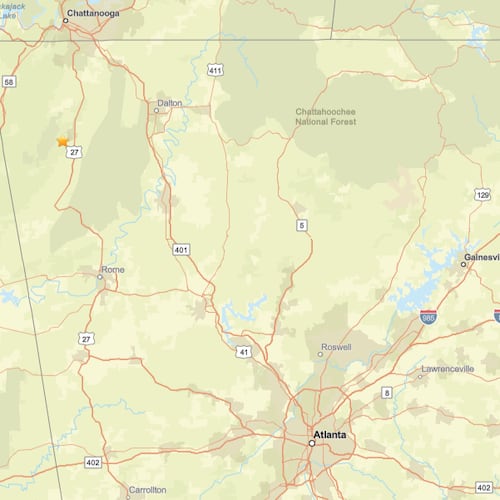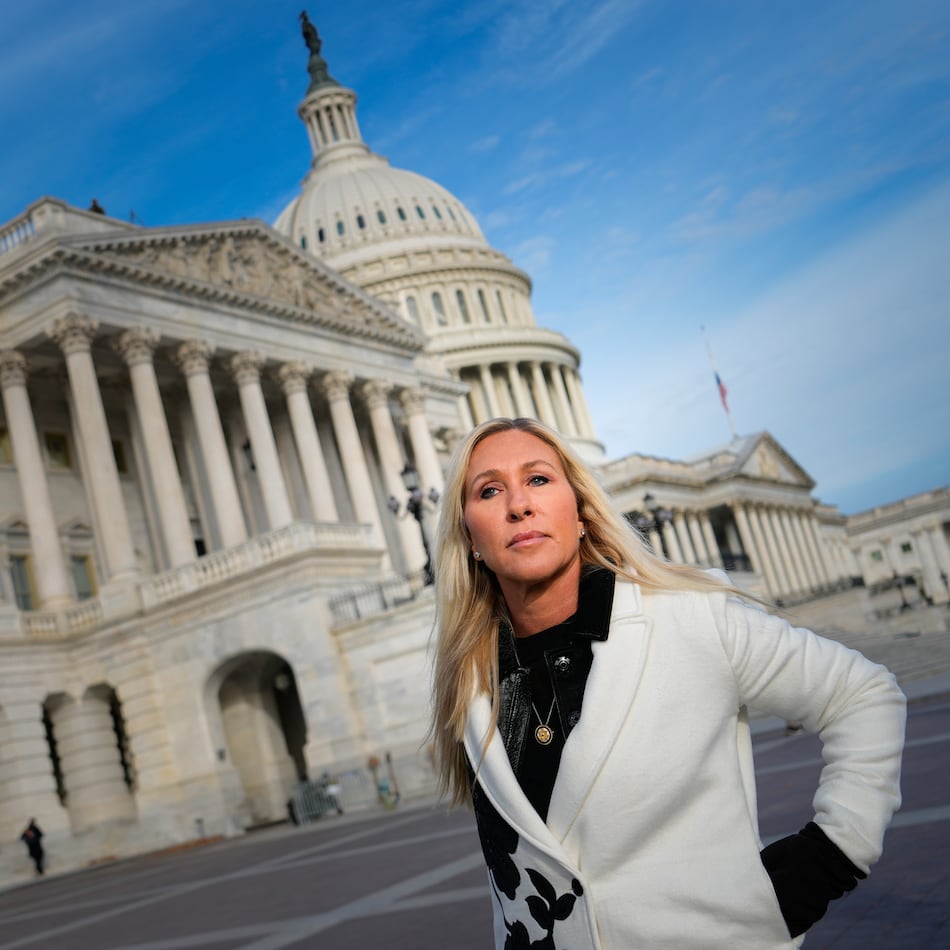An expanded Georgia Dome could have a retractable roof, offer twice the current number of club seats and add thousands more parking spaces to the 5,500 it has now.
It might also bear the name of a lead sponsor.
The price tag: $349 million for construction costs and $200 million for a retractable roof. Design costs, project fees and parking decks could boost that number anywhere from 10 percent to almost double.
Those are among the findings of an architect’s study commissioned by the Georgia World Congress Center Authority, which operates the Dome, as it works to come up with a way to satisfy the facility’s tenants, the Atlanta Falcons.
The Authority released the report Tuesday, providing the first indication of the GWCCA’s position since Falcons executives said last month they prefer a new open-air stadium for their next home field. The Falcons leadership also said they want to stay downtown on the GWCC campus.
GWCC and Falcons officials have been in talks about alternatives ranging from modifications to the Dome to a retractable-roof or open-air stadium.
The report is intended to establish a baseline for discussion about the future of the Dome, including whether it would remain in operation if the Falcons move to a new stadium, GWCCA officials said. The next step is to discuss the report with all Dome users, determine agreed-upon areas of improvement needs, assess costs and fine-tune the recommendations.
GWCCA Executive Director Frank Poe said there is no timeline for work.
Falcons President Rich McKay last month told the AJC a retractable roof stadium would be too expensive, while renovation of the Dome would not give the Falcons the state-of-the-art facility they seek.
“The Authority has shared the report with us as part of our joint exploration of development options,” Falcons spokesman Reggie Roberts said Tuesday. “We continue to have open discussions with the Authority on a range of topics. No decisions have been made and no options have been taken off the table.”
He said the team and the GWCCA have “a shared commitment to reach an agreement that is in the best interests of the community, our fans and all other stakeholders involved. We will have no further public comment at this time.”
The report does not address the option of a new stadium or how that would affect the Dome. The GWCC commissioned the study by Kansas City-based architectural firm Populous last year, long before the Falcons made public their preference for an open-air stadium.
“Its focus is specifically on the upgrades or renovation opportunities associated with the Georgia Dome,” Poe said. “It does not stray off of that path.
“The charge of their report was to assess what could be done to bring the Georgia Dome up to current NFL standards taking into consideration comments from the Falcons and our key customers,” he said.
In considering the Falcons’ desire for an open-air home field, the GWCC has to consider the effect on Dome events such as the Chick-fil-A Bowl and SEC championship game, as well as non-football events.
In an effort to keep the Falcons downtown, the state legislature this winter passed an extension of the hotel-motel tax used to pay down debt on the Dome, which was built in 1992.
That tax expires in 2020, but the extension will keep collections rolling to 2050 to be used for any expansion of the Dome or a new facility. The extension only applies to facilities that are on the GWCC campus, however.
The Populous study said an expanded Dome could seek naming rights as a possible funding mechanism.
“Naming rights and sponsorship packages are integral to the overall financial success of a facility,” the study said. “It is recommended to include the design team throughout the process in determining the levels of potential sponsorships and naming rights as well as communicating what commitments have been secured including the implications of such commitment.”
Populous envisions expanding the Dome to 1.8 million square feet, up from the current 1.6 million square footage. That would make it about the same size as competing stadiums, but about 800,000 square feet smaller than the billion-dollar Dallas Cowboys facility that opened last year.
About the Author
The Latest
Featured

